Flaky, crisp and layered, the Kerala porotta (also called barotta in some places) has a story that is as layered as the porotta itself. Once confined to the Malabar region in North Kerala, today no self-respecting Malayali can claim not to have feasted on this staple that is easily available from Kanhangad in the north to Kaliyikkavila in the south.
A hot seller in uppity restaurants and humble thattukadas (makeshift outlets), the porotta has replaced the kanji and the kappa to become the signature dish of the State. In fact, this year, on November 1, observed as Kerala Day, the BBC paid tribute to the State by holding forth on the porotta’s many charms.
Archaeologist and culinary anthropologist Kurush F Dalal says that the porotta is likely to have come with Arab traders from ancient West Asia. He explains: “Kerala has always had trade links with West Asia, right from the pre-Islamic period. So, this must have travelled with the sailors and traders and found a place in North Malabar’s culinary palate.” He points out that though porotta is made of refined flour, Kerala is not a wheat producing state and so its origins clearly lie beyond the seas. Moreover, versions of the porotta can be found all over Malayasia, Singapore and Sri Lanka.
Be that as it may. The Malabar porotta now has a special place in the flavour map in Kerala. Over the years, the porotta, made with maida, sugar, milk, oil and more oil, has gone through several makeovers.
So, there is an entire platter of porottas to feast on: from the crisp nool porotta, resembling strings of hot Mozarella cheese, to the bite-sized coin porotta and the soft bun porotta, the spicy kizhi porotta and the lip-smacking paal porotta soaked in coconut milk and masala.
Parotta chefs
The signature maida porotta is a gourmet’s dream and a nutritionist’s nightmare. Kneaded with oil, salt, milk and sugar, the dough is allowed to rest with a wet cloth over it before it is pulled, punched, stretched and kneaded again to achieve the pliability for flaky, thin flatbreads. Cooks specialising in porotta — their only job is to make porottas — are prized. Quite the showstoppers in some outlets, they showcase with flair the way the dough is teased, kneaded and rolled to achieve the right consistency of the porotta. Chef and restauranteer Suresh Pillai says the consistency of the porotta lies in its dough and how much it has been stretched and kneaded.
Nool porotta
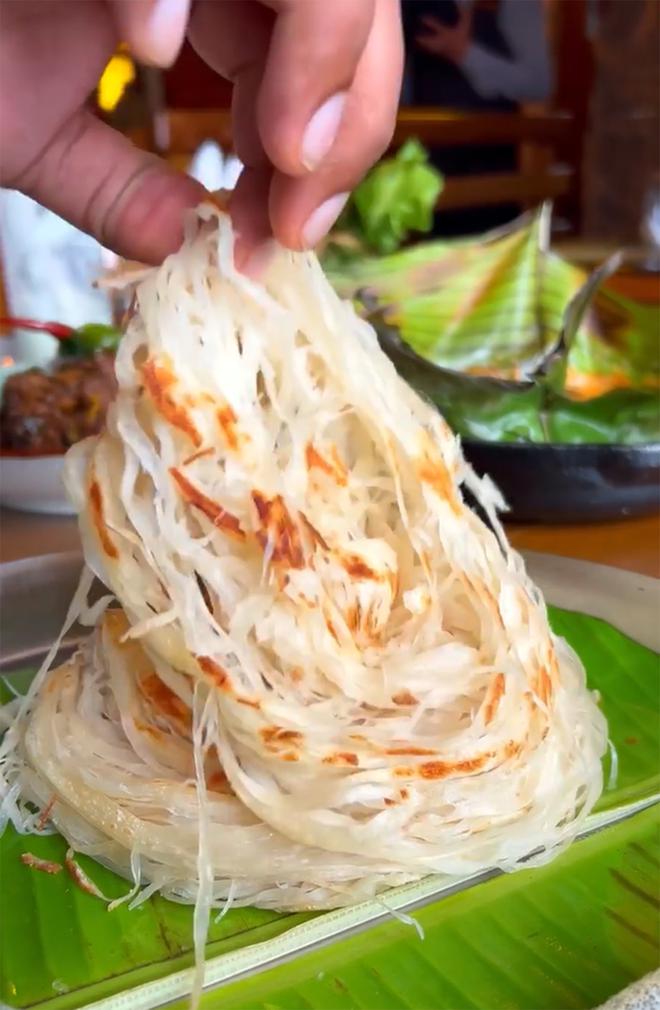
Chef Suresh Pillai is credited with popularising this version of the porotta. The thin, transclusent layers of the porotta are further shredded into crisp, thin strips that come apart as you eat it. “There is a Chinese bread like this and I was inspired to try that on the porotta. It is our best seller in all my restaurants. In Bengaluru, I have three people making only porottas,” he says. An Instagram reel that he had done on the nool porotta has gathered more than 1.7 million likes, testifying to its popularity.
Bun porotta
This fusion between a bun and a porotta comes from Madurai. The crispy exterior hides a fluffy heart and has its share of fans who relish it for its ability to soak up the flavours of the accompanying dish. Arvind Soju, admin of Eat At Trivandrum, says it is his favourite variety of porottas though the classic porotta comes close behind.
Paal porotta
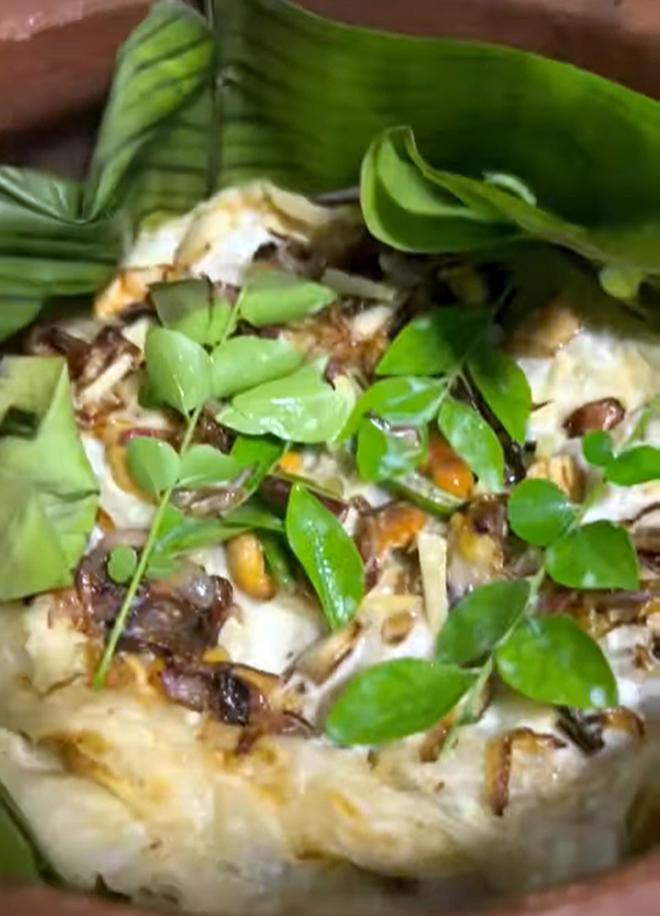
Coconut milk is inseparable from a Malayali cuisine. So, it was only a matter of time before the porotta and coconut milk met to become the mouth-watering chatti paal porotta. A banana leaf is placed in a flat, wide mouthed earthen pot, usually used to make fish curry. A porotta is placed on the leaf and thick coconut milk is drizzled on it. Then comes a serving of a spicy meat dish of your choice – chicken, buffalo or pork. Another porotta is placed over it and the process is repeated. The third porotta is garnished with fried onion, cashew nuts and kismis and then a banana leaf is used to close the layers. The chatti is closed with a lid and steamed for about five to seven minutes. The chatti paal parotta is ready to served. By then the masala and the coconut milk would have soaked into the porottas , resulting in a lip-smacking standalone dish.
Kizhi porotta
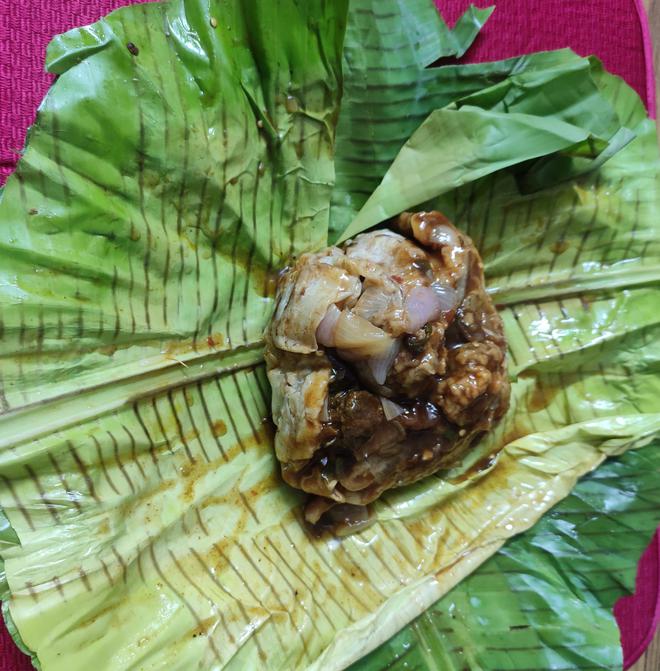
A kizhi porotta comes in a banana leaf potli (coton bag) tied with a string of banana fibre. Open the banana leaf to the aroma of the porotta-meat dish combo and a medley of flavours. The porotta would have become soft with the spices of the meat curry or fry and each mouthful releases a burst of flavours.
Kothu porotta
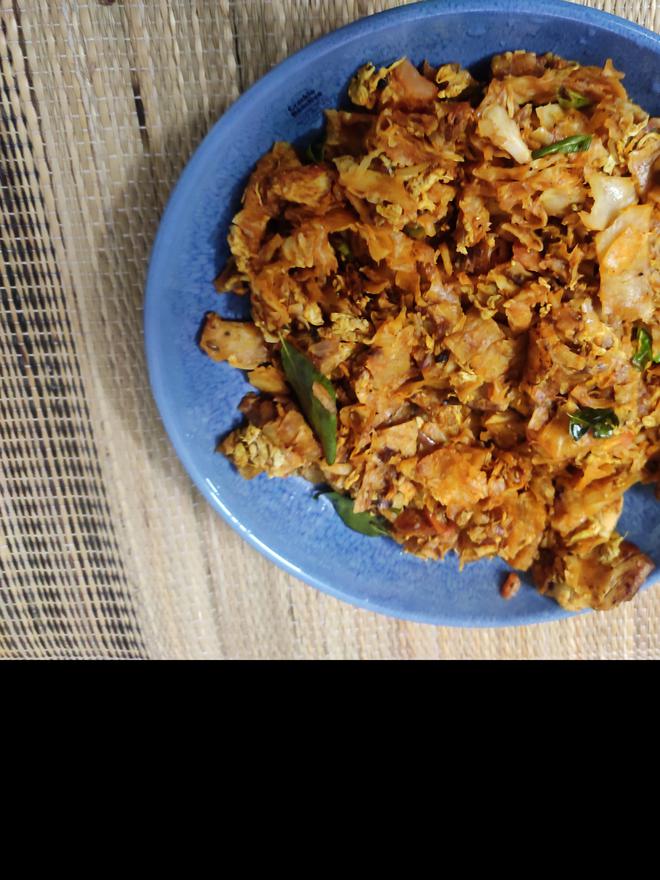
Coming from Sri Lanka, the kothu porotta has a Madurai connection, where it is a popular street food before it made its way to Kerala. One of the places that was famous for its signature spicy kothu porotta was Ceylon Bake house in Ernakulam. This porotta is chopped into fine pieces and mixed with onion, spices, egg and meat of your choice.
Coin porotta
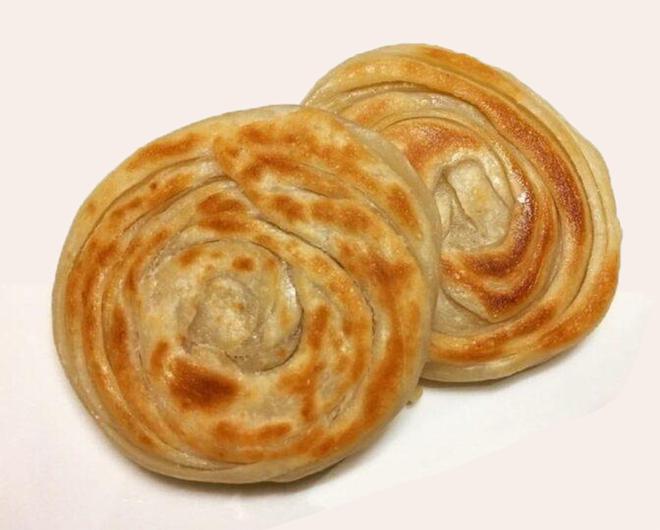
With a diameter of around two centimetres, the coin porotta is a miniature version of the Kerala porotta. Food blogger Anjana Gopakumar says it is her favourite version, because it is bite-sized and soaks in the gravy easily.







